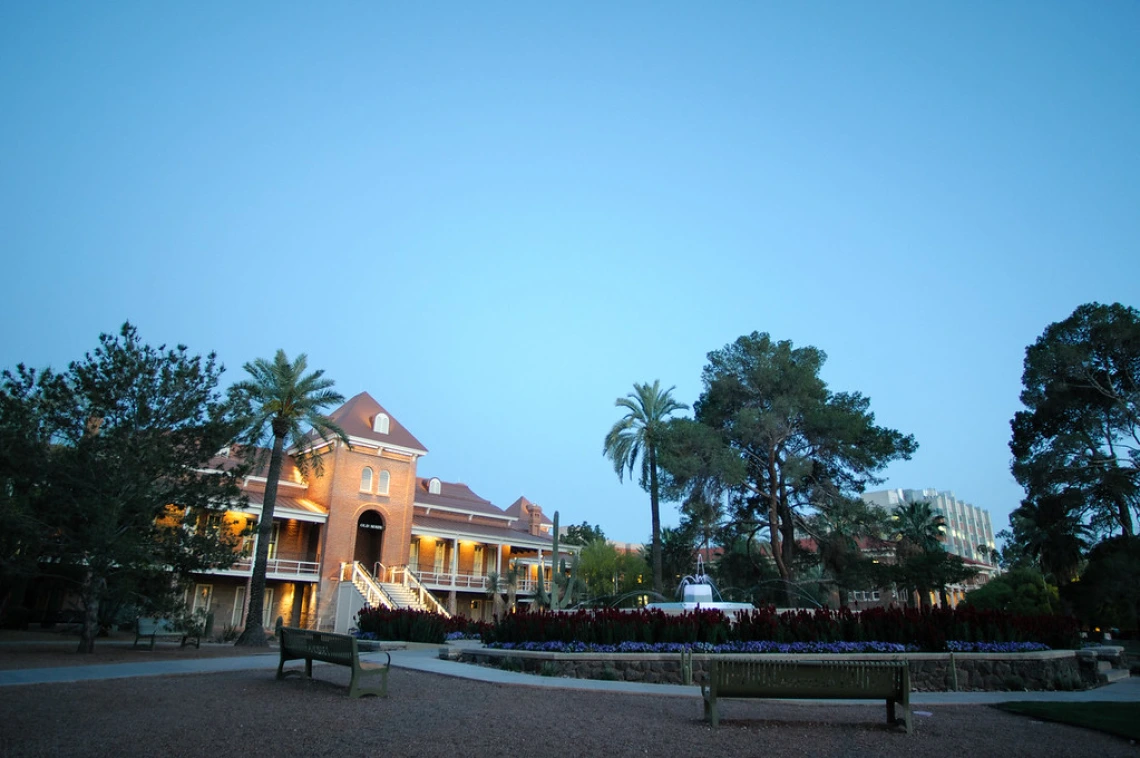Engineering Student Projects Move Toward Commercialization
Through Tech Launch Arizona's Student Innovation Challenge, engineering students receive funds to develop a mushroom cultivation system and a mobile app for monitoring pavement conditions.

No description provided
Tech Launch Arizona, or TLA, has awarded funding to five student teams to develop inventions with the goal of bringing them to the public. TLA, the office that commercializes the university’s inventions for social and economic impact, created the Student Innovation Challenge to engage students in the innovation and commercialization process.
“It is one of our goals to weave entrepreneurship into many aspects of the student experience,” said Doug Hockstad, assistant vice president of TLA. “Through philanthropic support, we were able to launch this new program, and provide experience in pitching ideas, building products, and chasing dreams.”
Open to both undergraduate and graduate students, the challenge is modeled after TLA’s Asset Development program, which provides funds to University of Arizona employees, such as faculty, researchers and staff, to develop early-stage inventions and ready them for commercialization. AD projects often involve activities like creating a prototype, confirming functionality and exploring scalability.
Through the Student Innovation Challenge, student inventors go through a similar process, including filling out invention disclosures, working with TLA on intellectual property protection, and all the details that go into asset development and commercialization planning.
“We considered the program we’ve got in place for our employees, and we thought it would be great to extend it to students,” said Rakhi Gibbons, director of licensing and intellectual property. “We are providing them opportunities to not only apply their innovative thinking to solve real-world problems, but provide funding to see those visions become reality.”
In total, this first Challenge drew 18 proposals. After multiple reviews and discussions, the panel of judges chose five projects to fund: a new distributed mushroom cultivation system; a mobile application for monitoring pavement conditions; an online small claims arbitration system; a weight-loss pet food; and a new biodegradable toilet paper. Each awardee has been paired with a TLA licensing manager who specializes in their technology field to assist with intellectual property protection and strategic planning.
Fresher Mushrooms
Justin Chung, the inventor behind the hub-and-spoke mushroom cultivation project, is a graduate student in the Biosystems Engineering program co-housed in the College of Agriculture and Life Sciences and the College of Engineering. He was elated upon learning that his project received funding.
“I've always thought about solutions to real-world problems that are not traditionally taught inside the classroom,” he said. “This TLA challenge was the perfect opportunity to work on a creative project based around my passion: helping both humans and Earth become healthier.”
With his innovation, Chung hopes to give Tucsonans “unprecedented access to powerfully fresh mushrooms with unique flavors and medicinal benefits, and make sure every market and restaurant that wants to grow fresh mushrooms on-site will have the ability to do so.”
While this project has a specific focus in mushroom cultivation, Chung’s grand vision is to use a technology-based approach to address pressing global issues like urban resiliency, population growth and sustainable food production.
Real-Time Road Health App
Civil engineering graduate student Jong-Hyun Jeong recognized that an intersection between a unique problem and an existing technology presented a new opportunity.
Roads that need maintenance are bumpy. But how do you map the problem points that need the most attention? Maybe there was a way use the devices already in almost every driver’s vehicle as one big detection network.
“Recent smartphones are equipped a variety of sensors and high-performance CPU/GPU that enable their use as road health monitoring sensors,” Jeong said. “But there is no method available to directly use a general driver's smartphone due to vehicle calibration requirements.”
Jeong proposes to use smartphones and their integrated accelerometers to calculate the International Roughness Index, providing real-time road health conditions.

